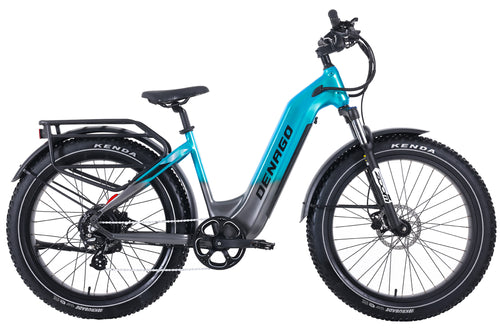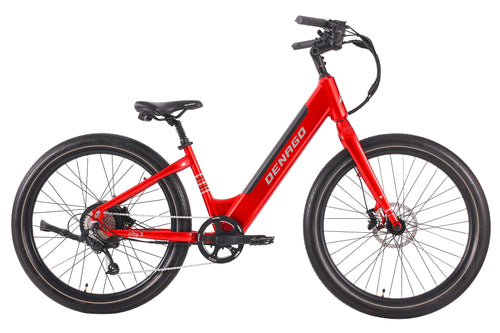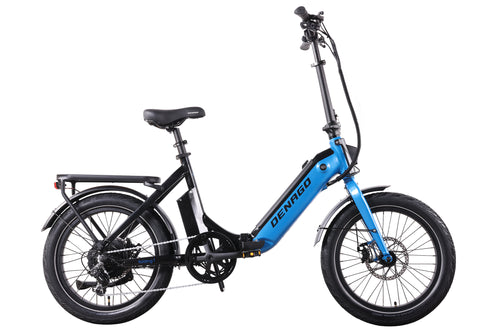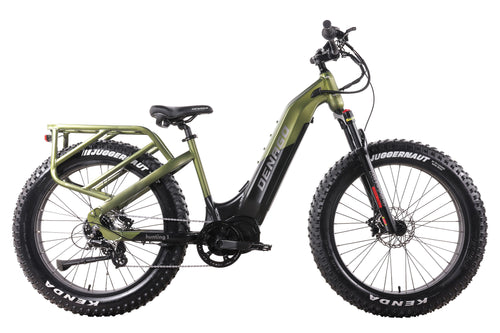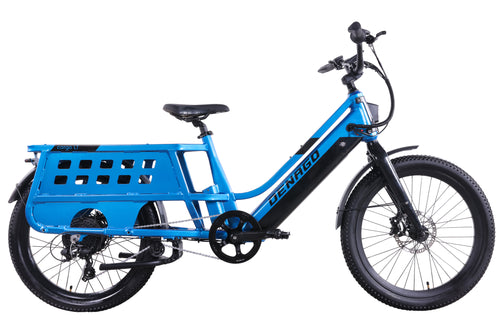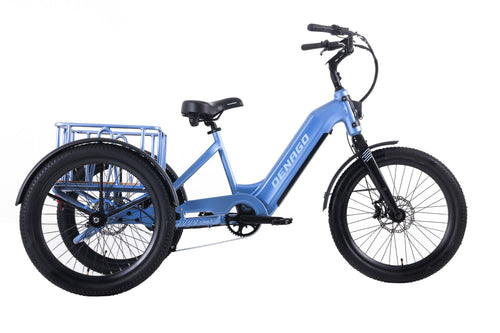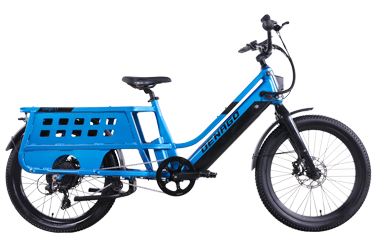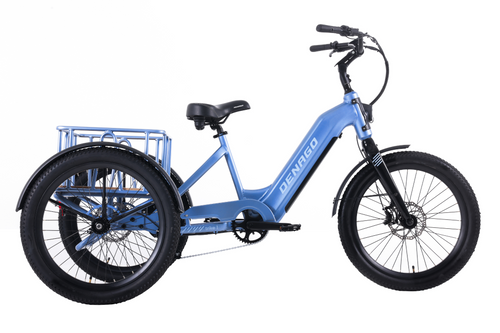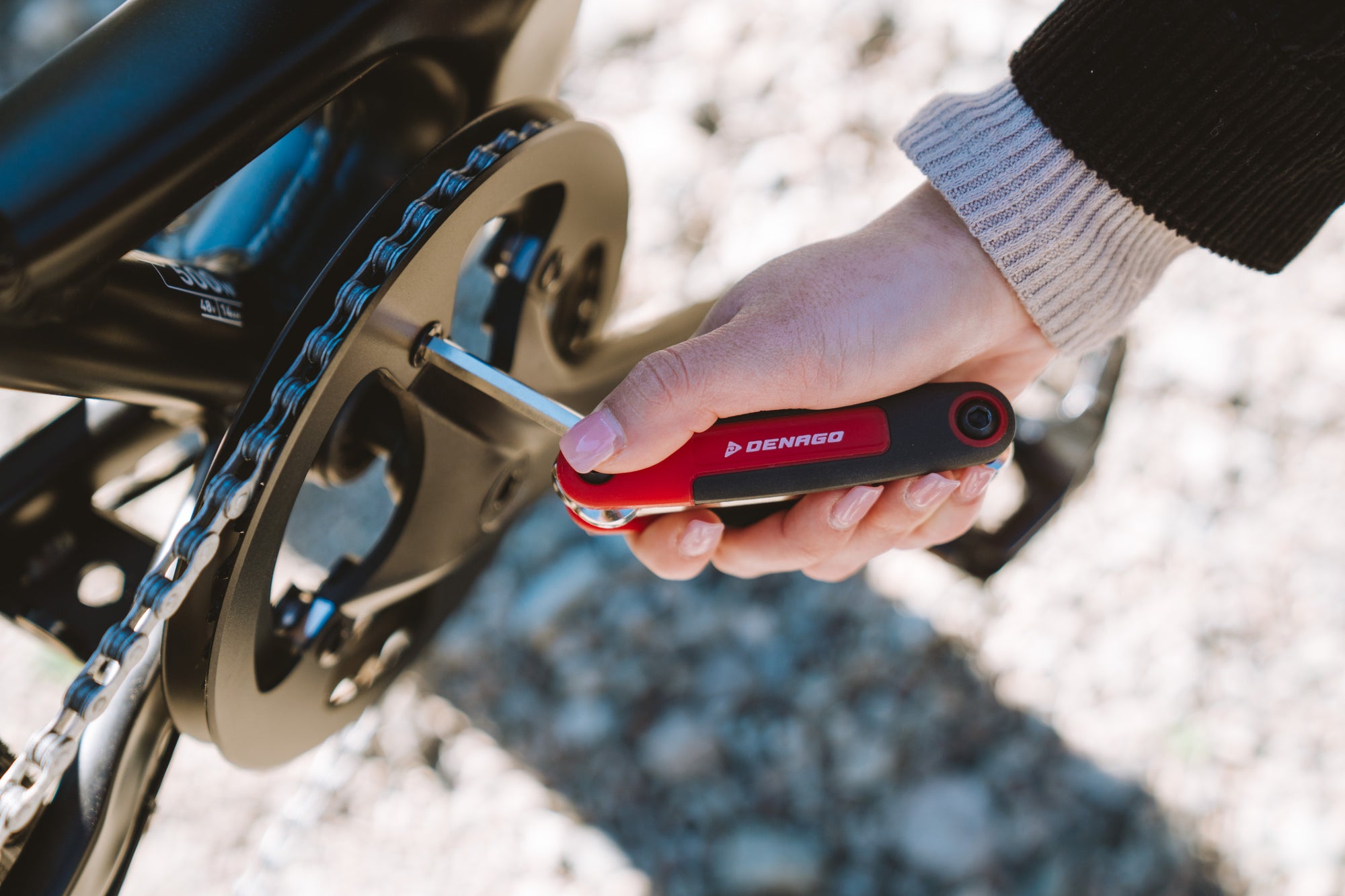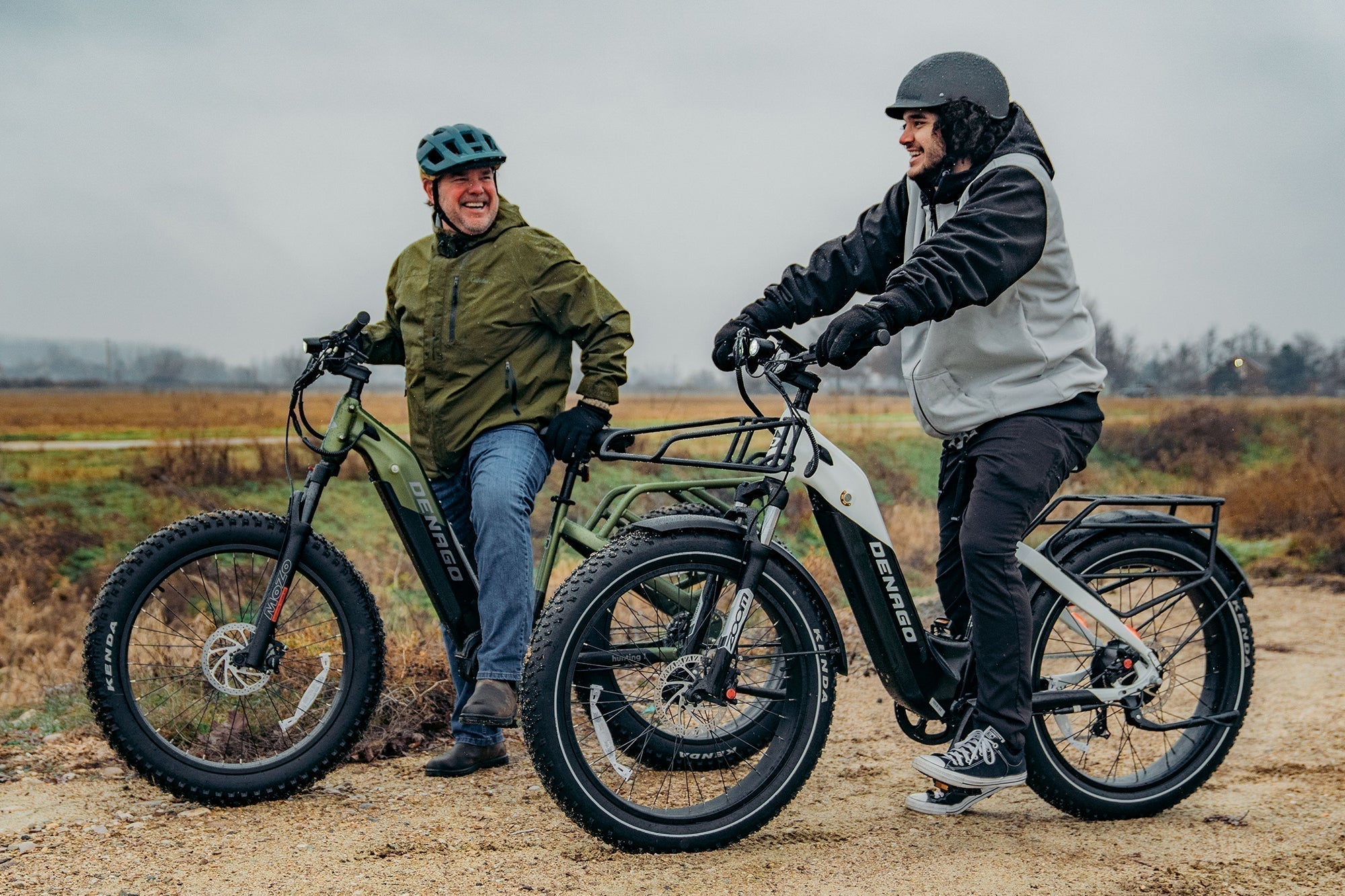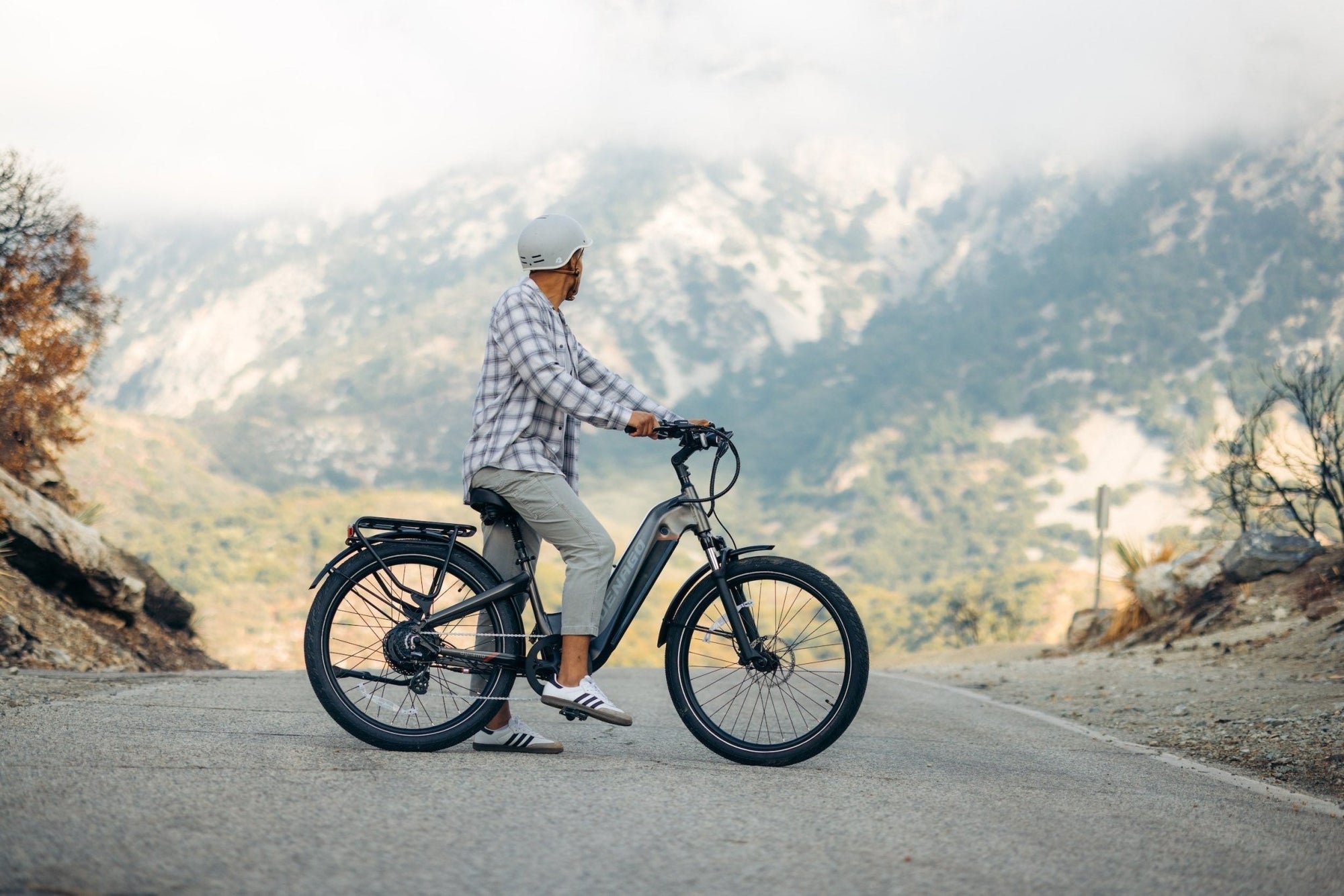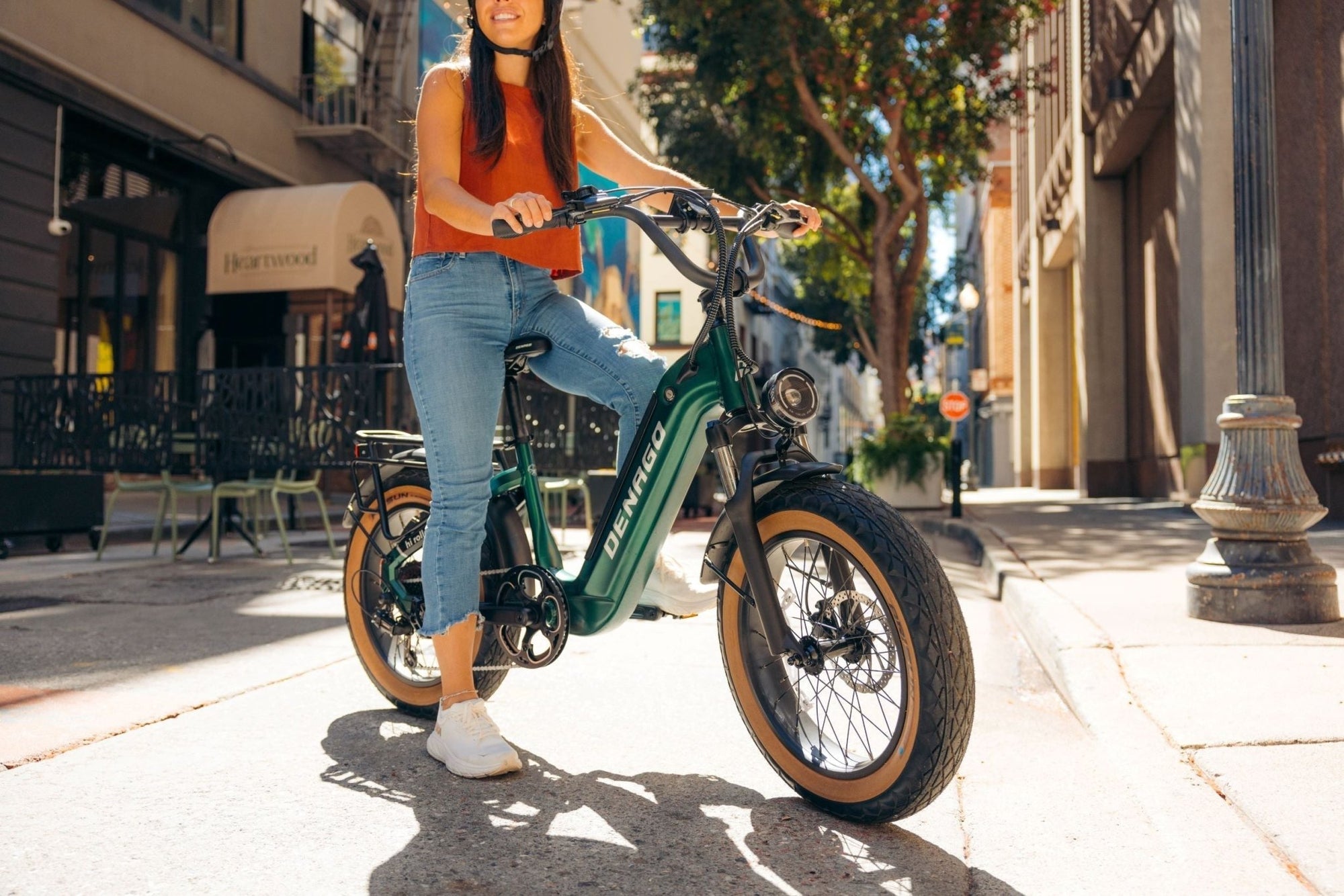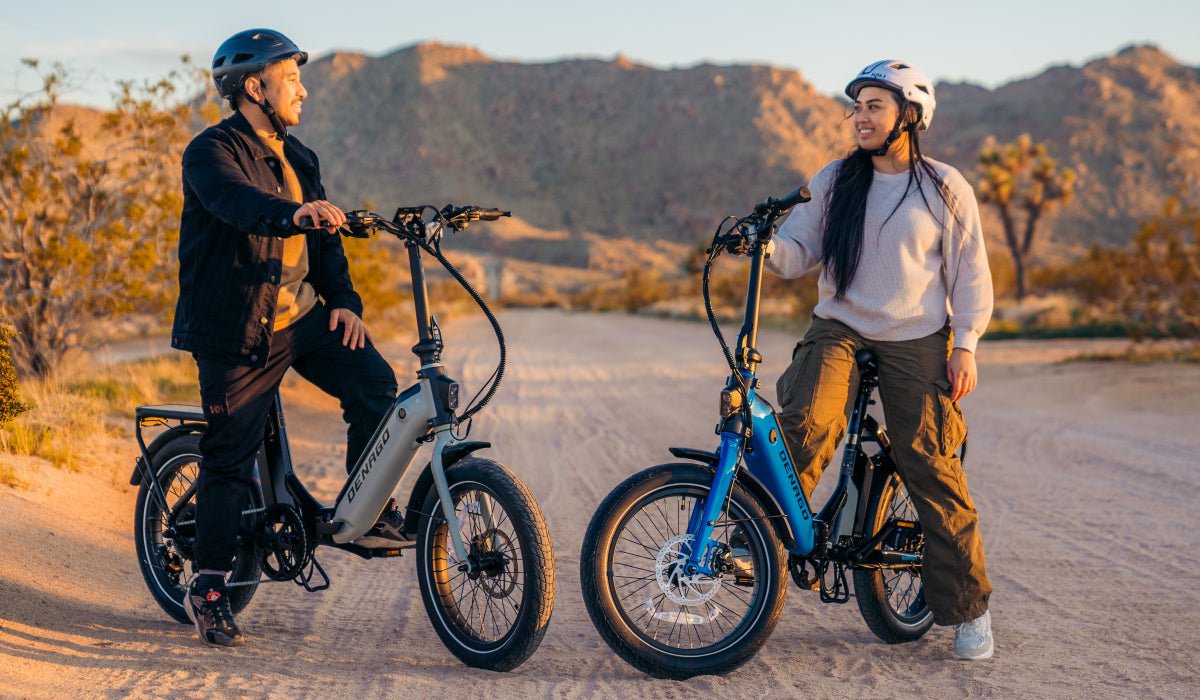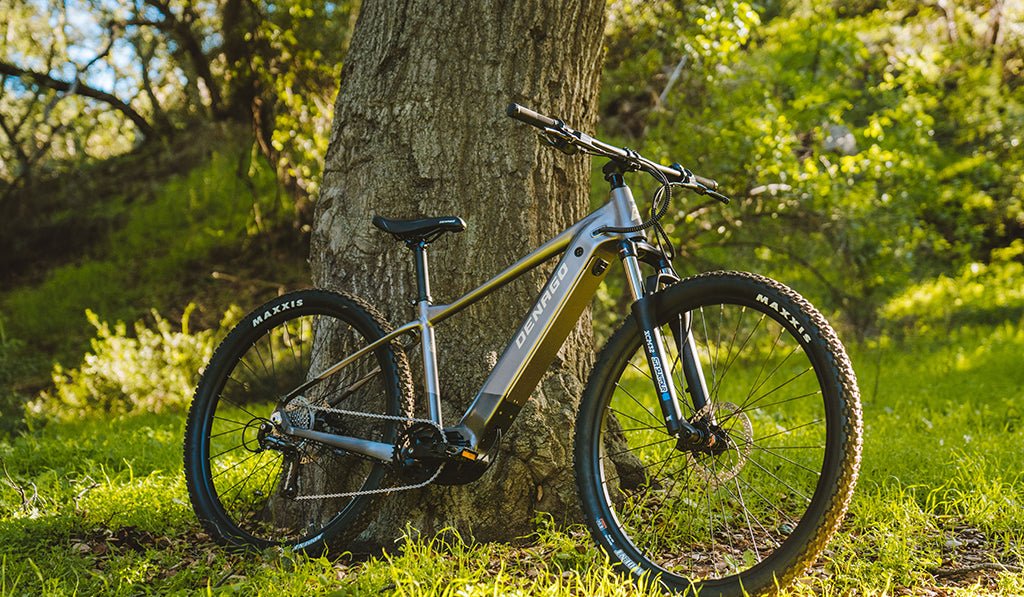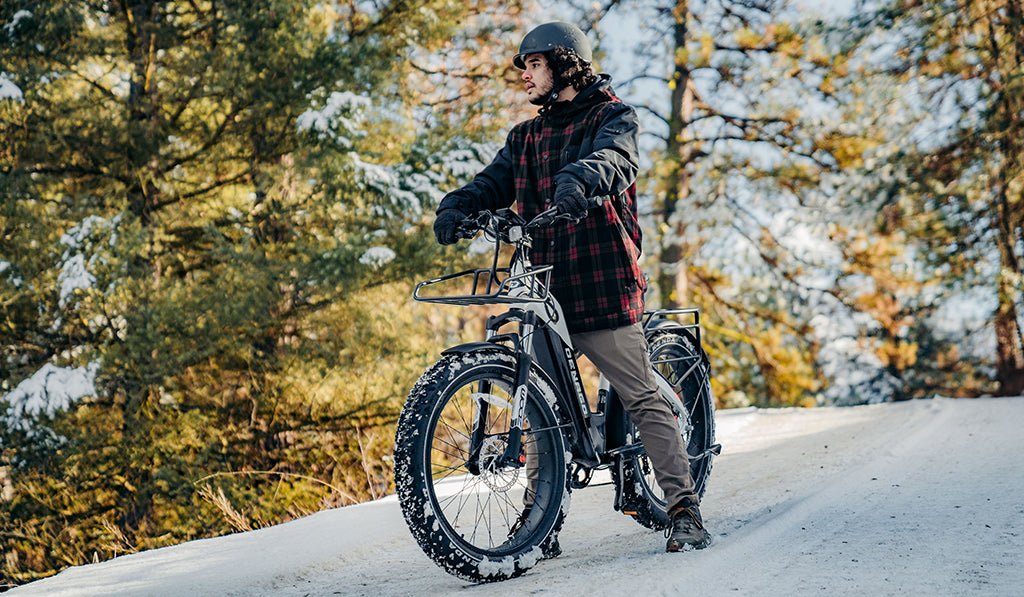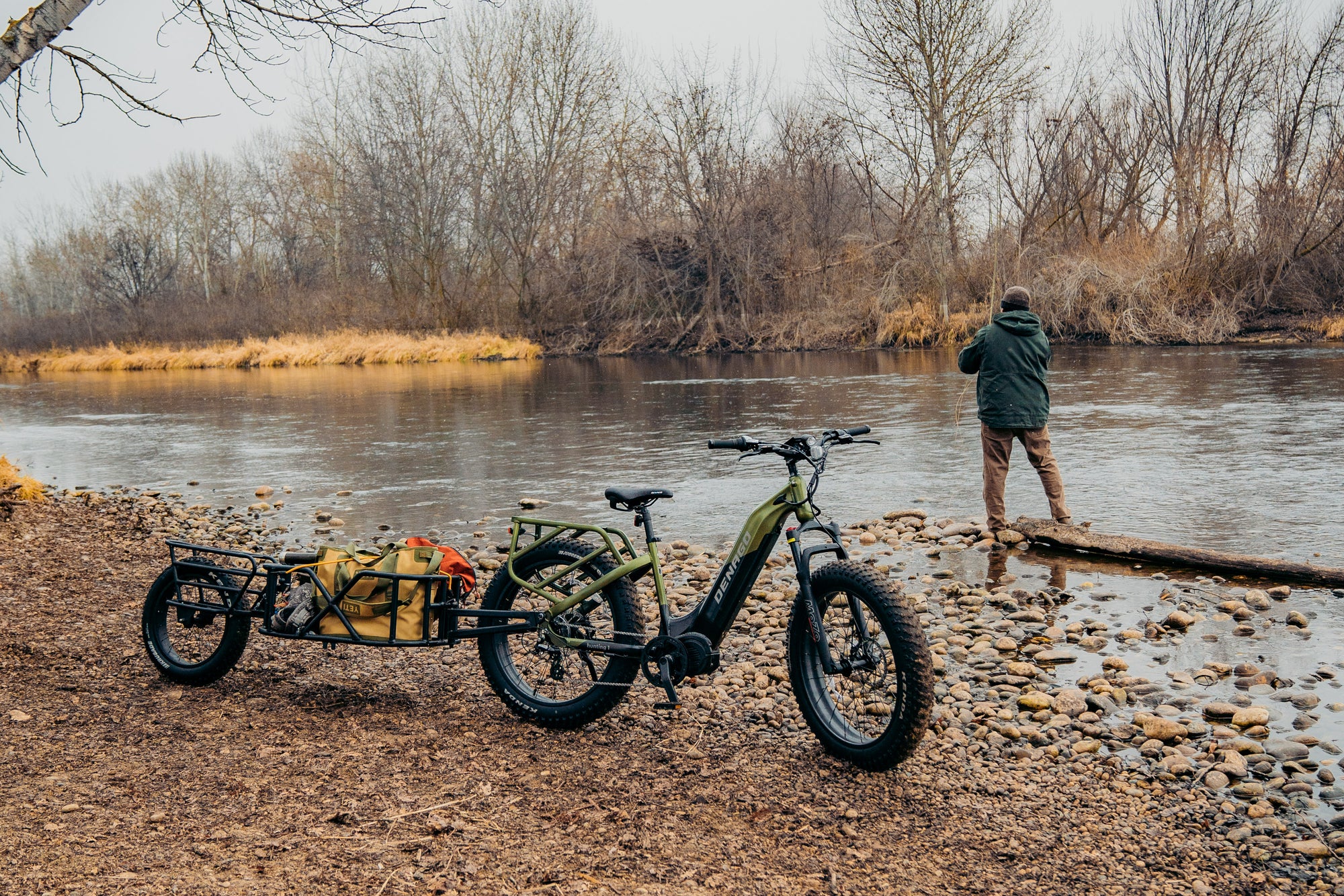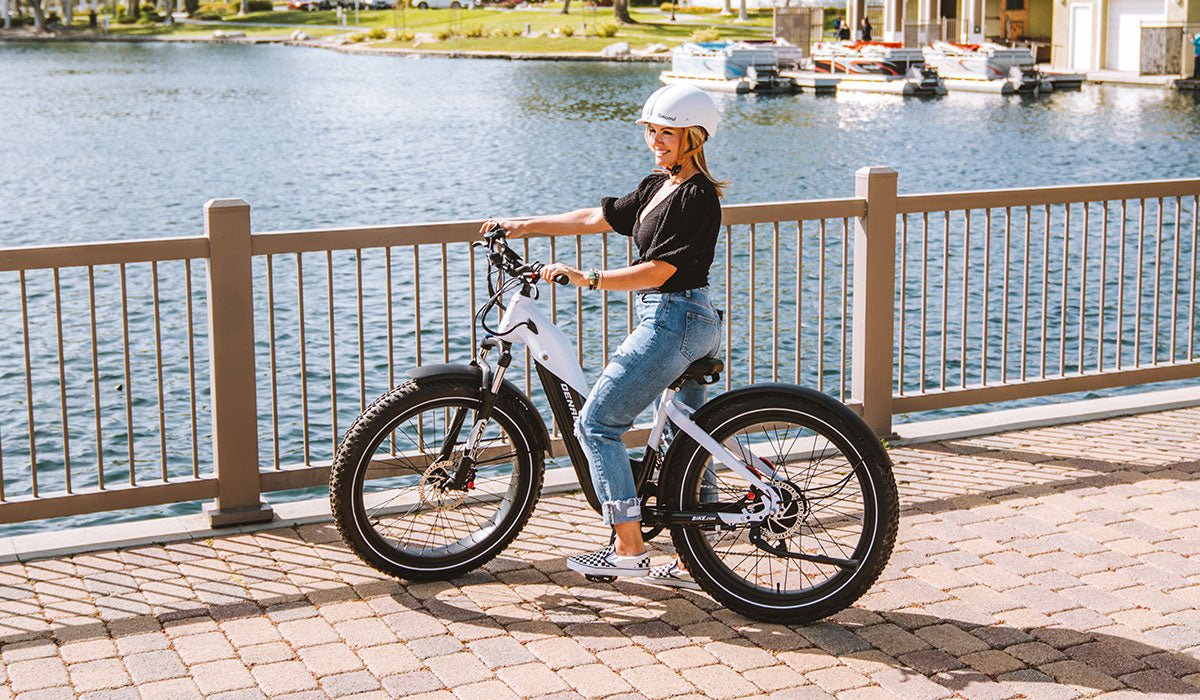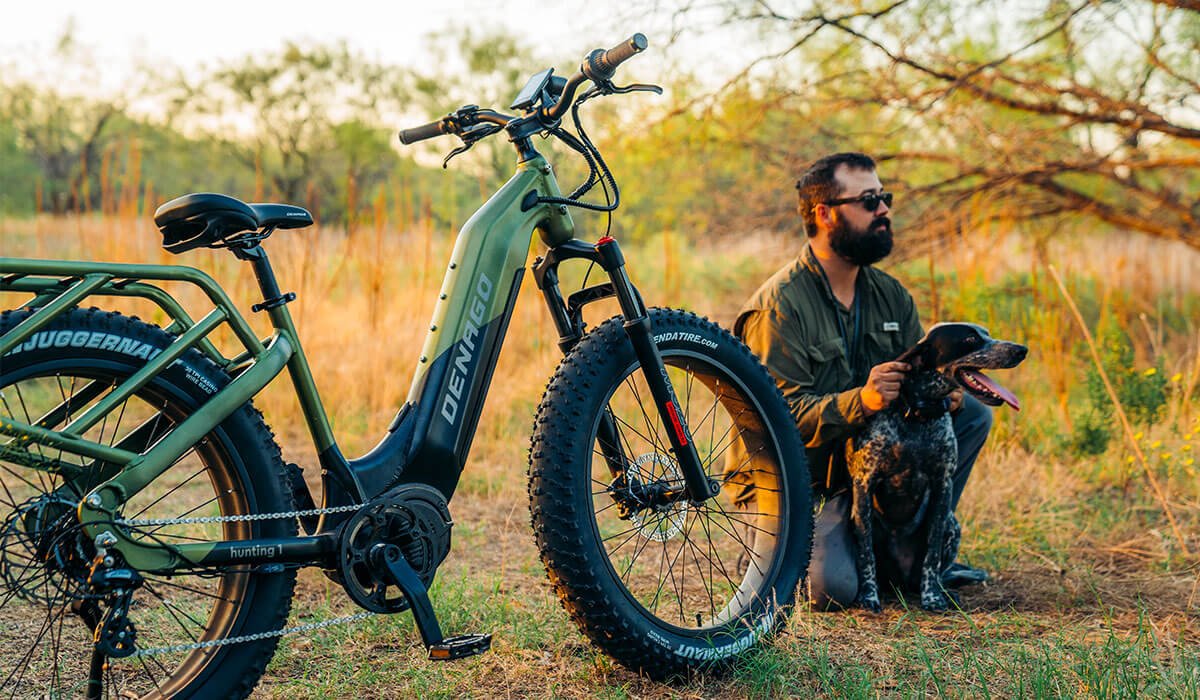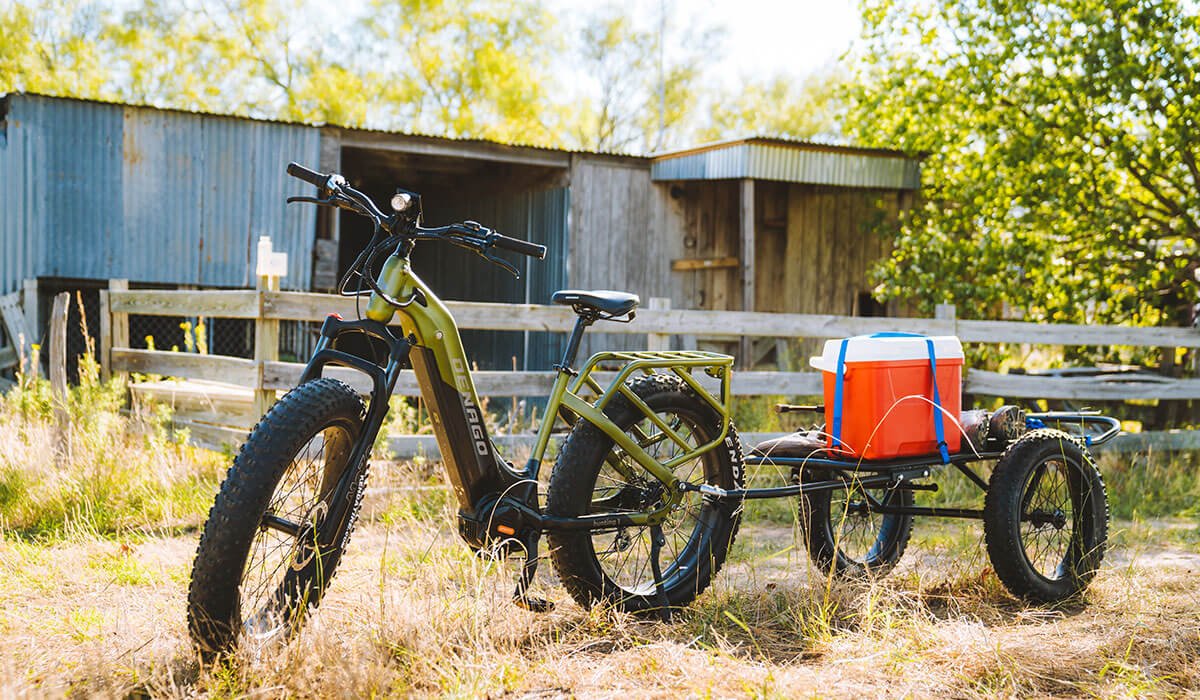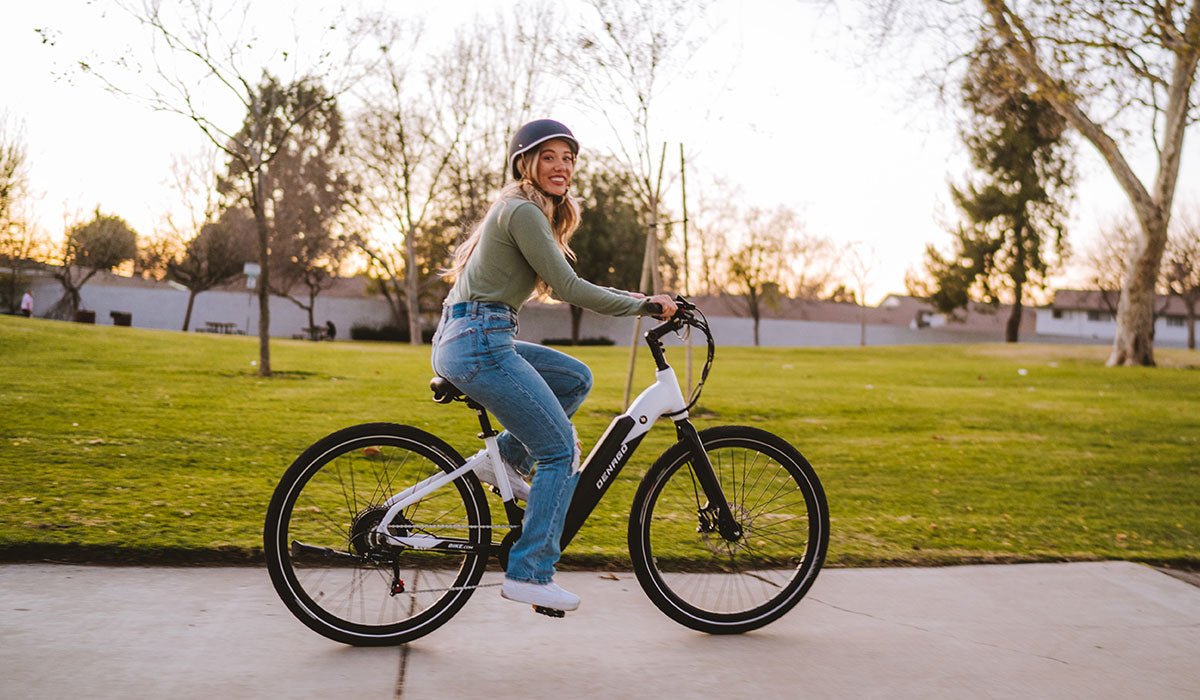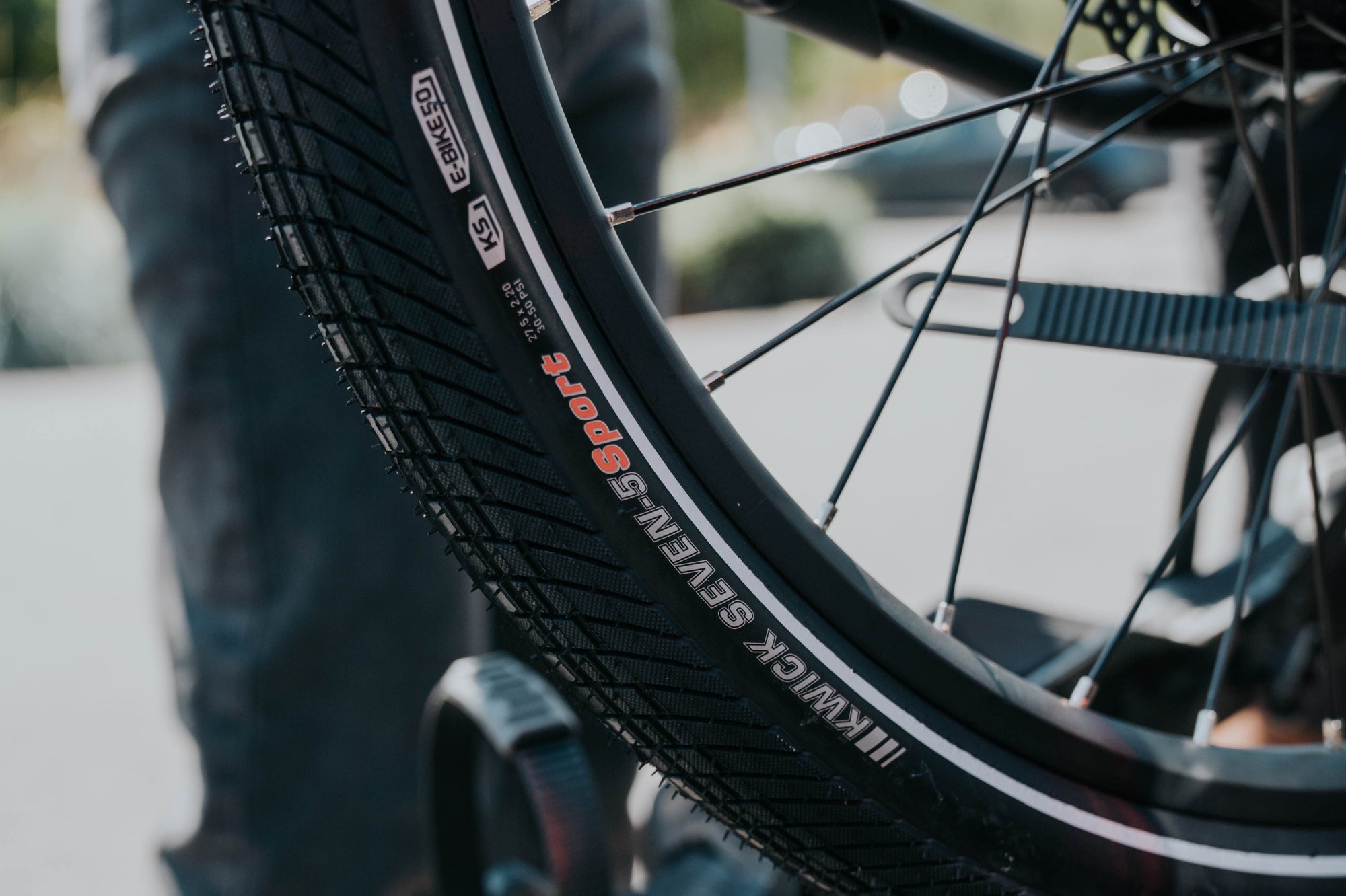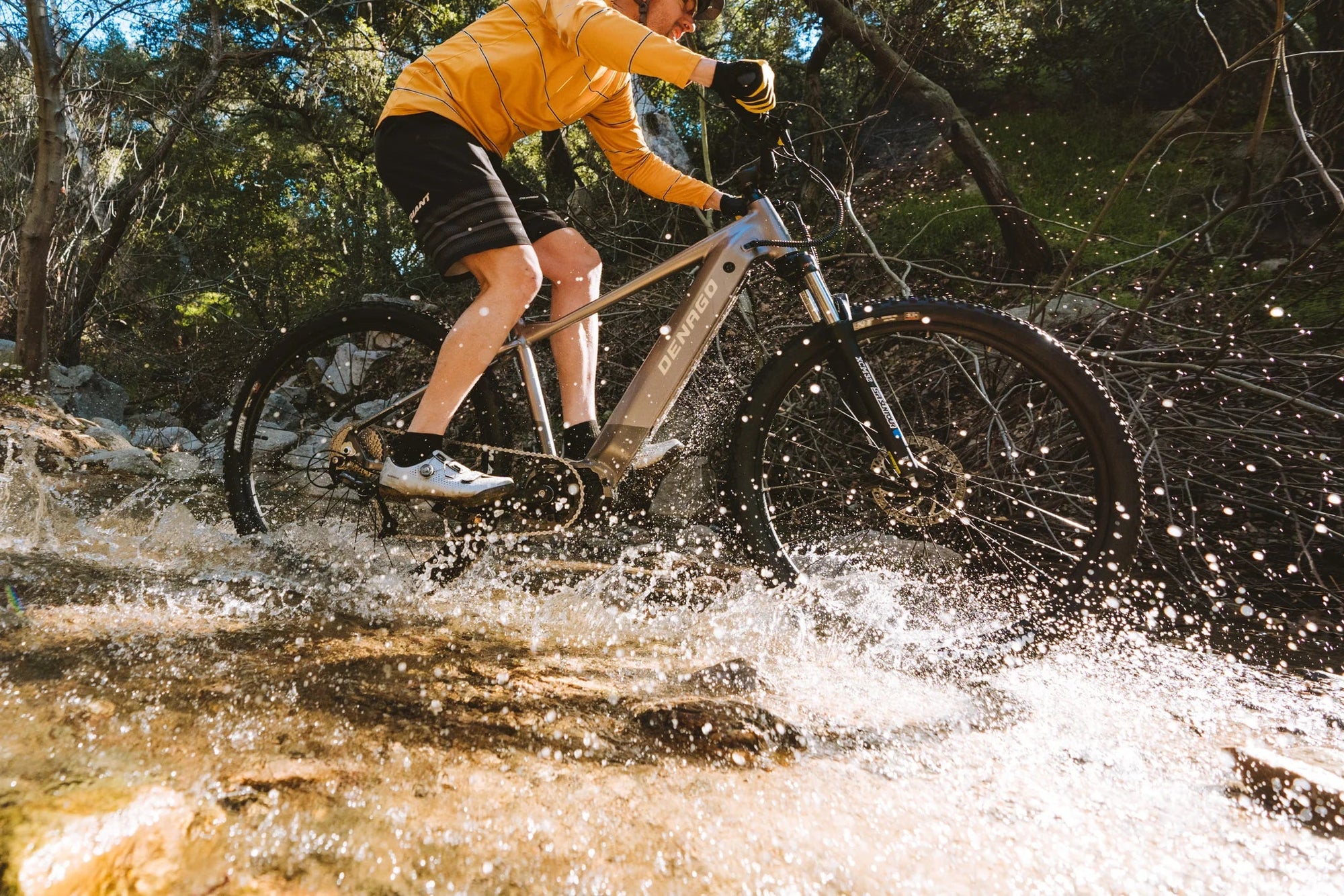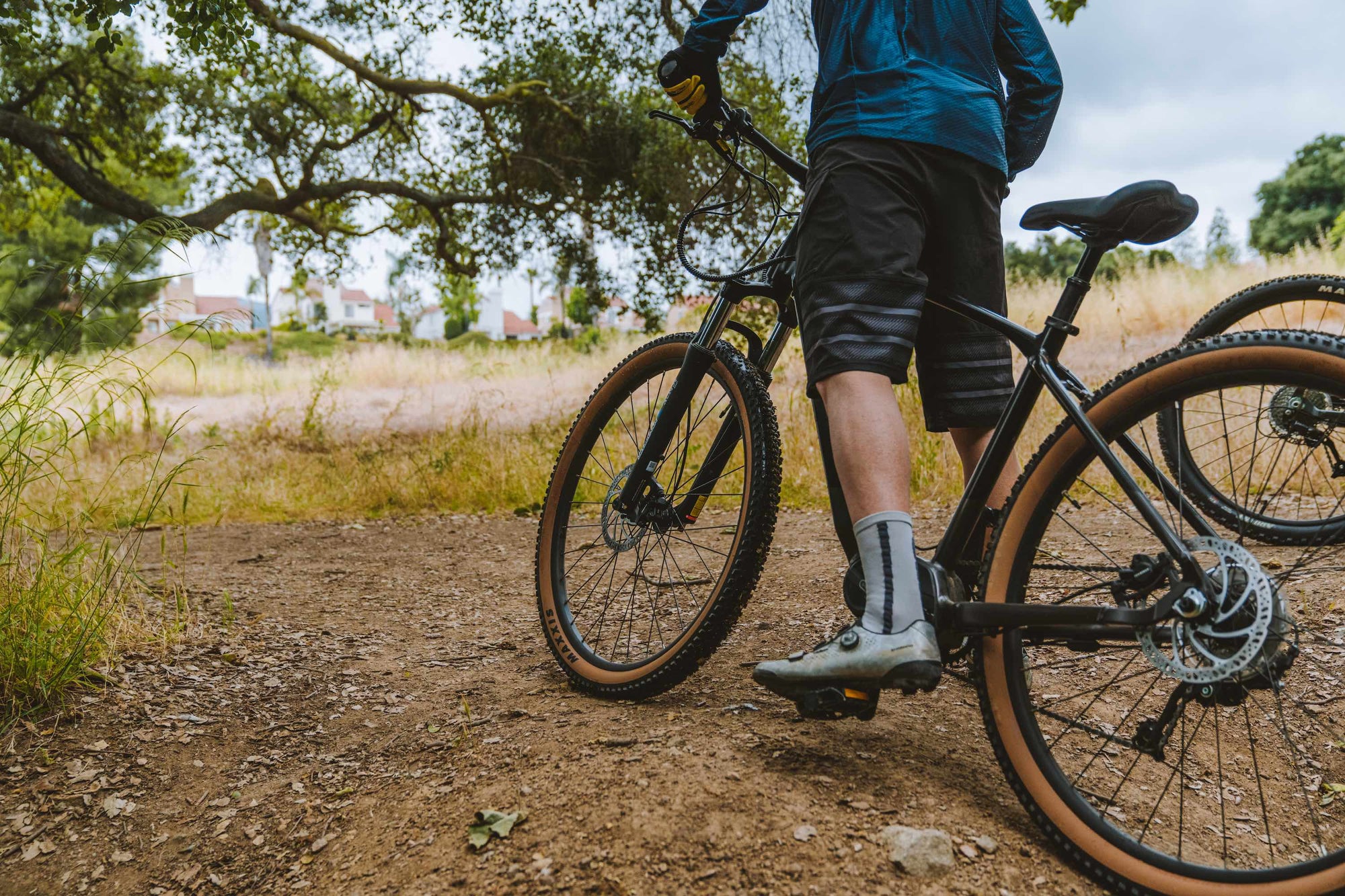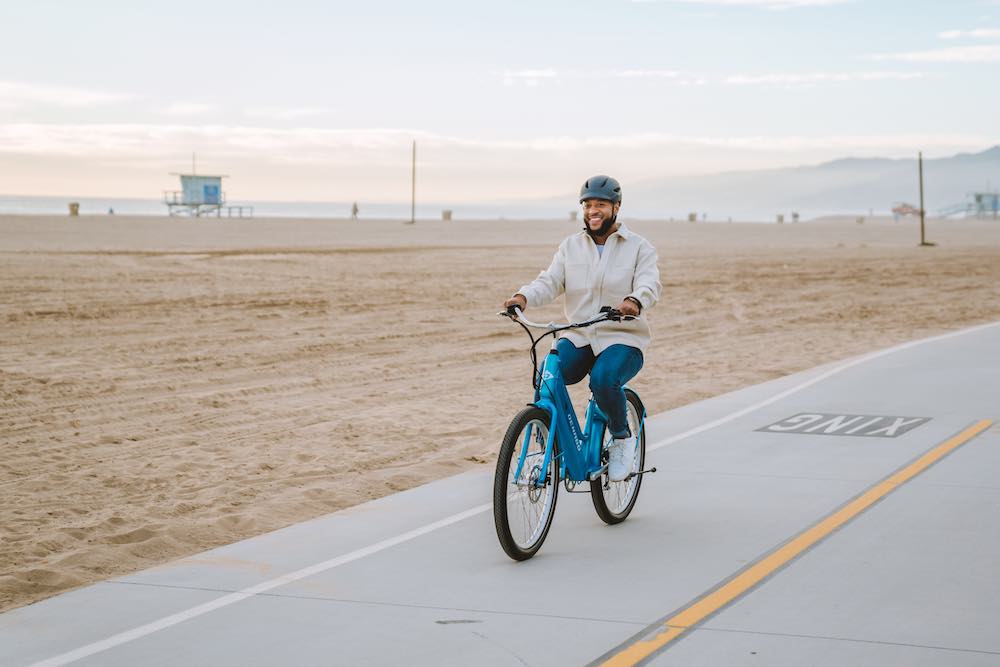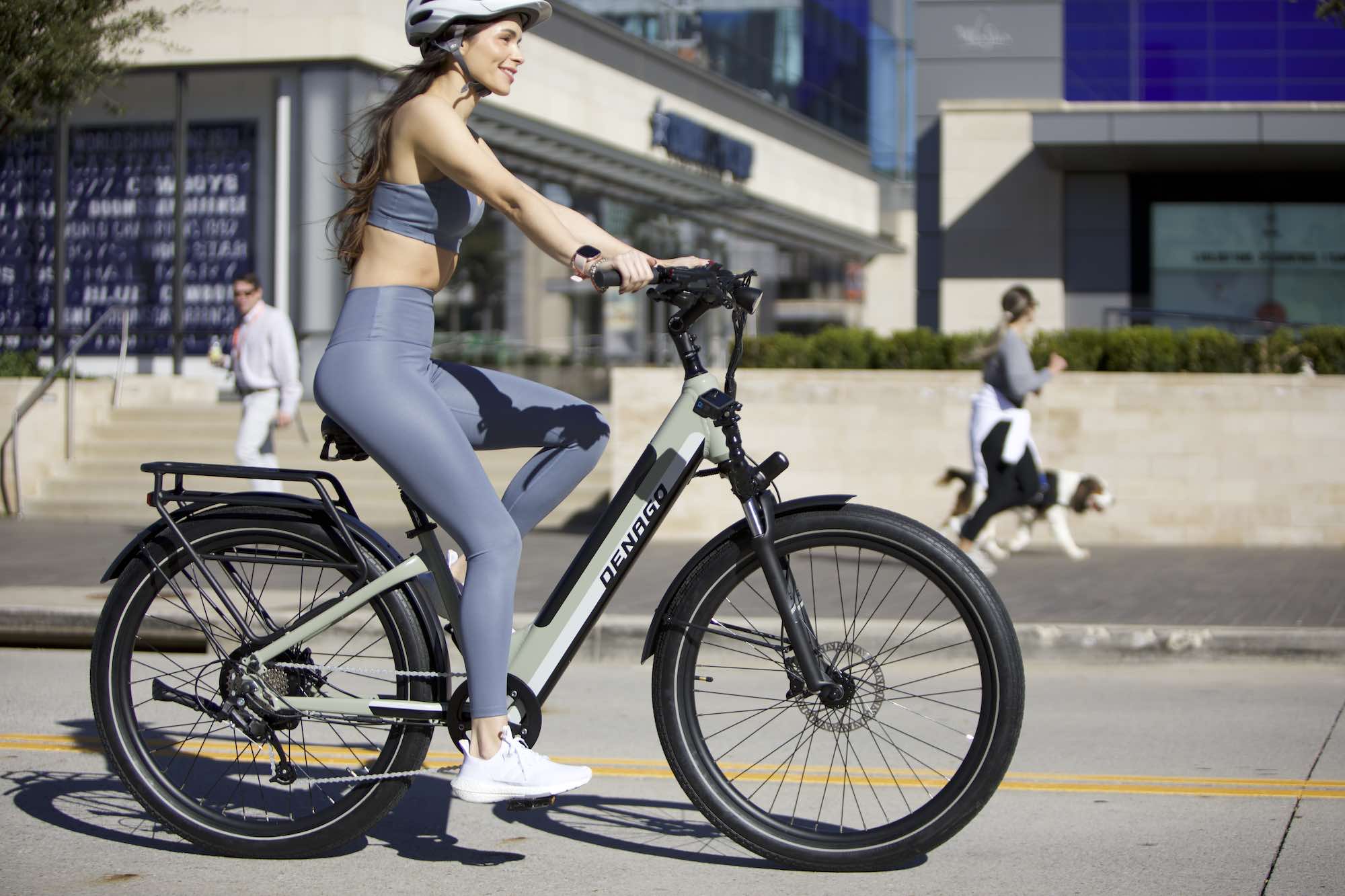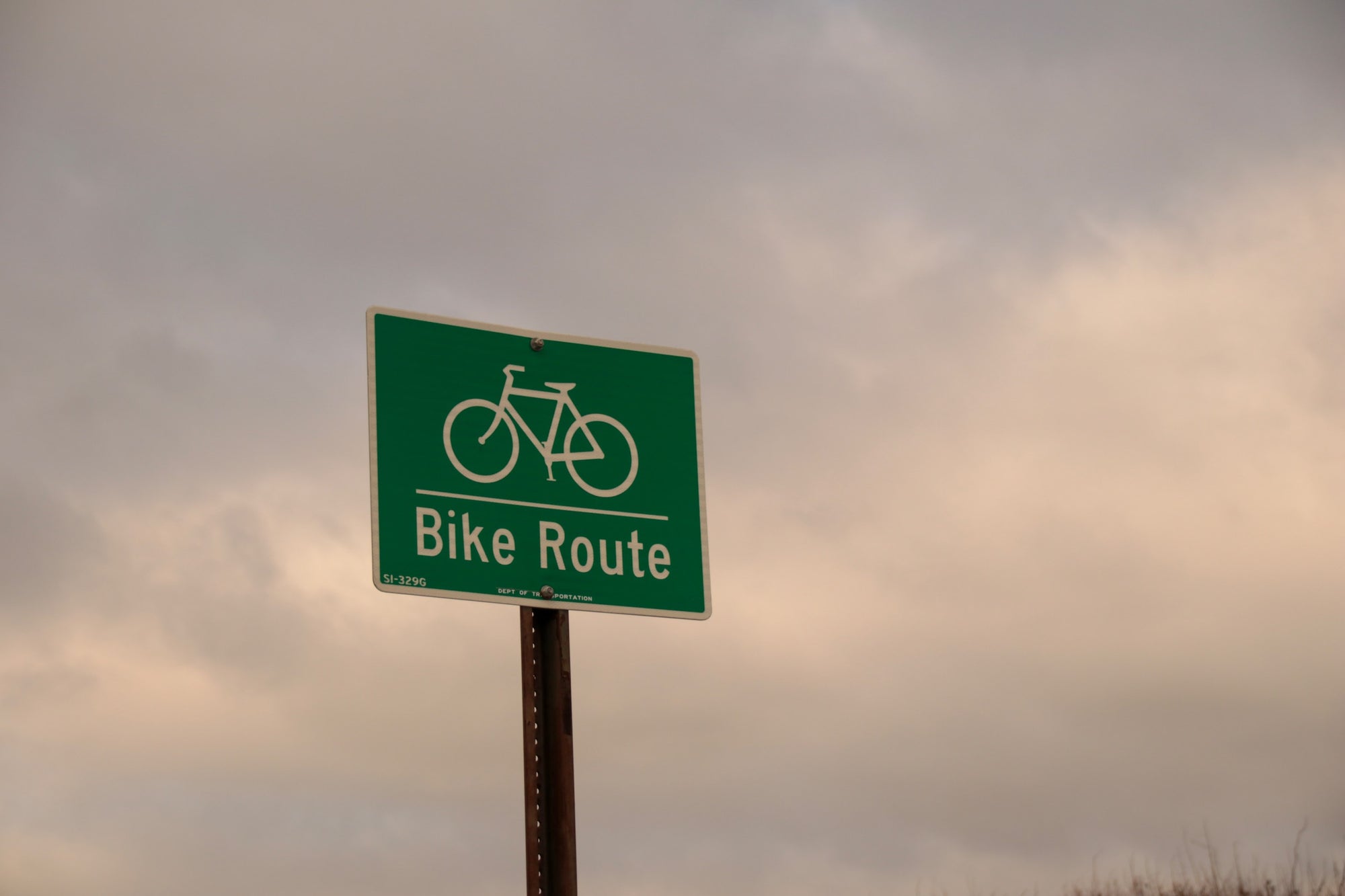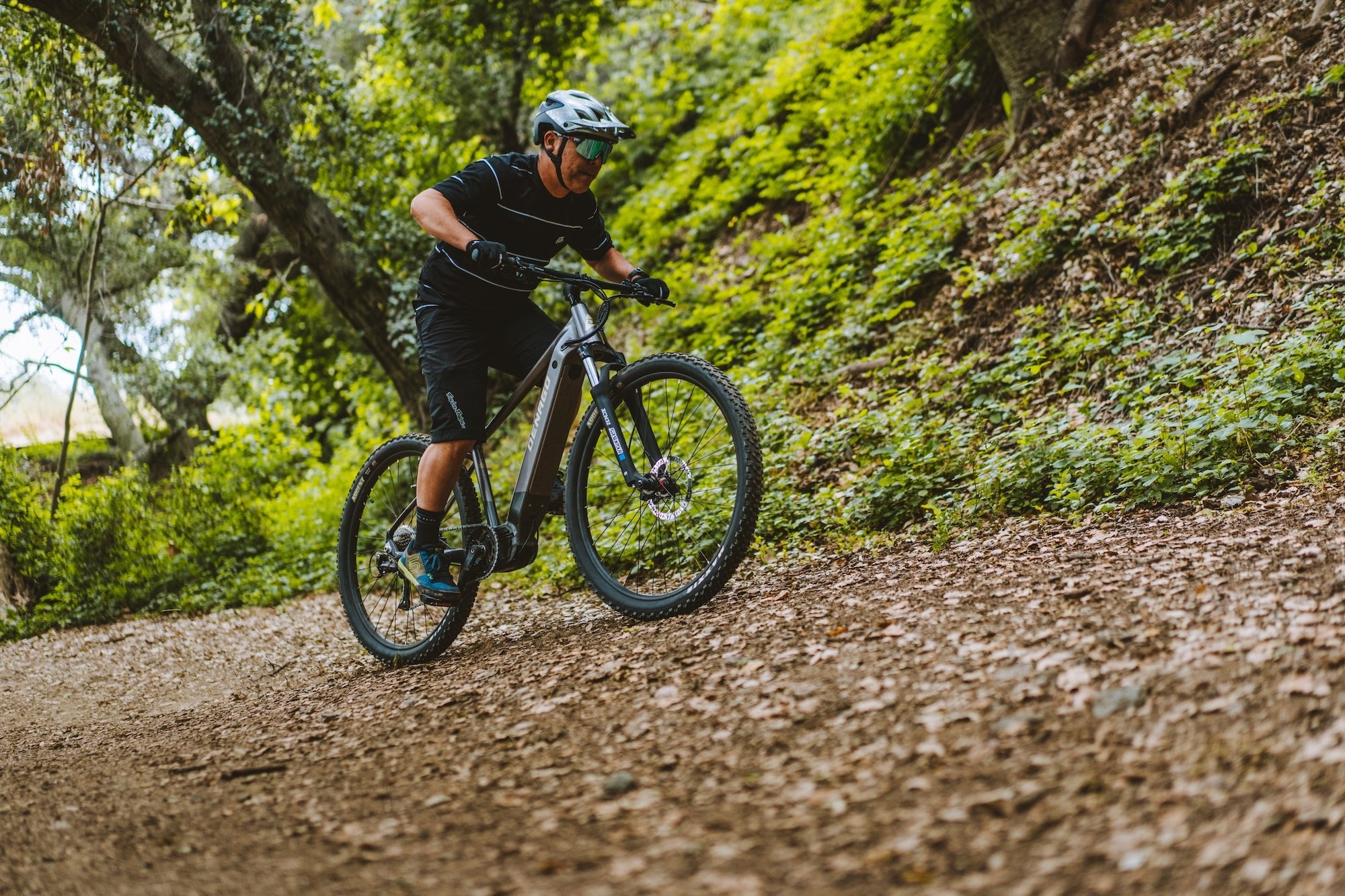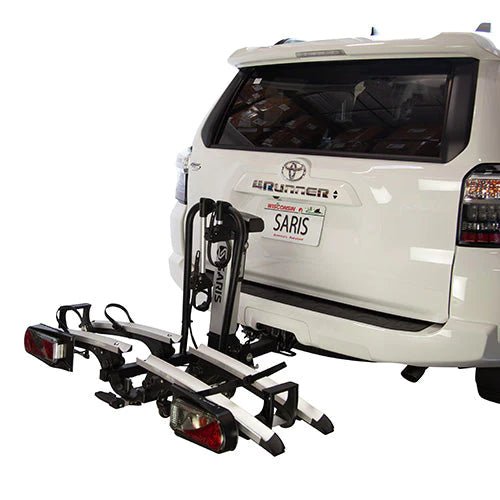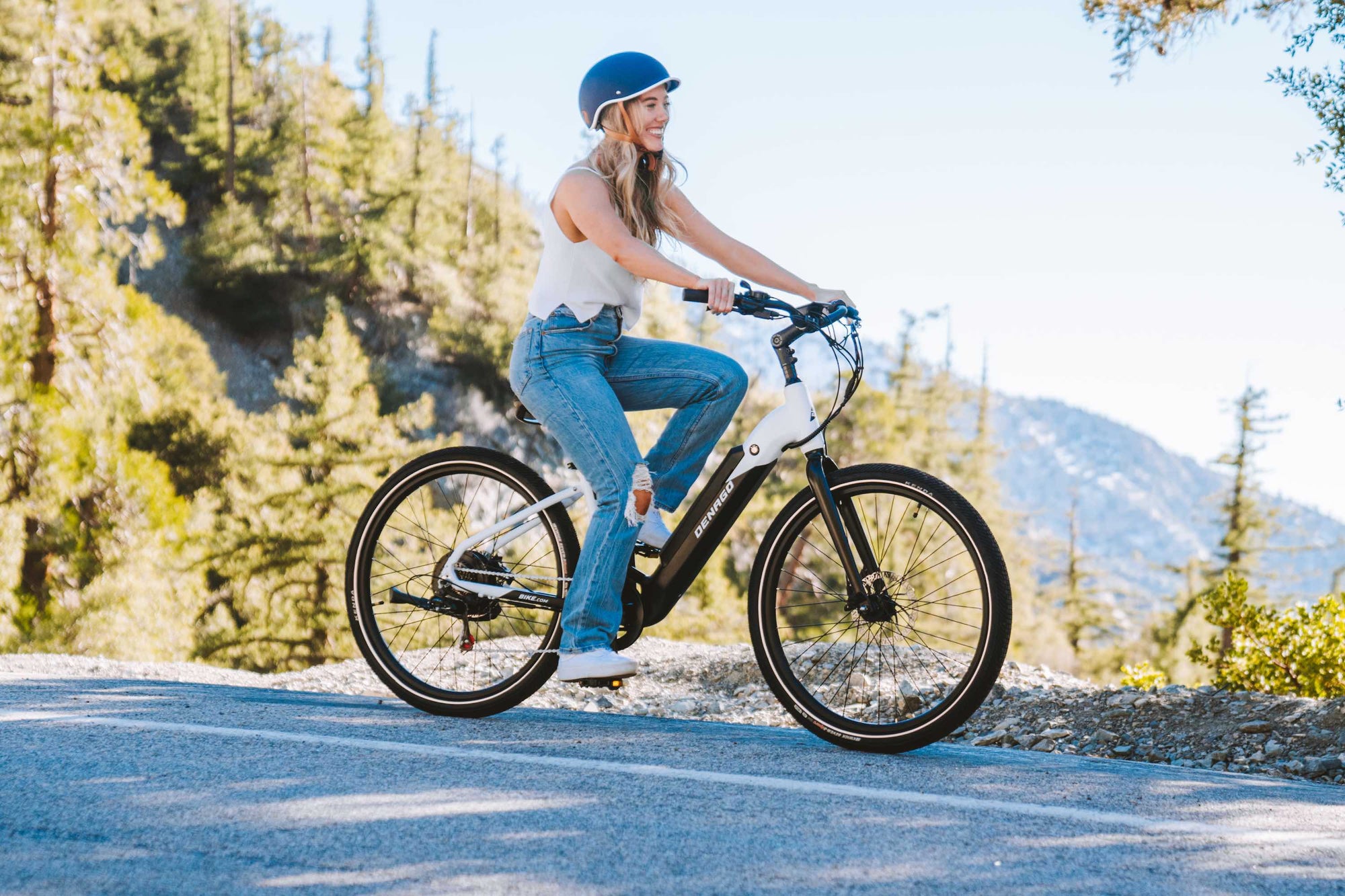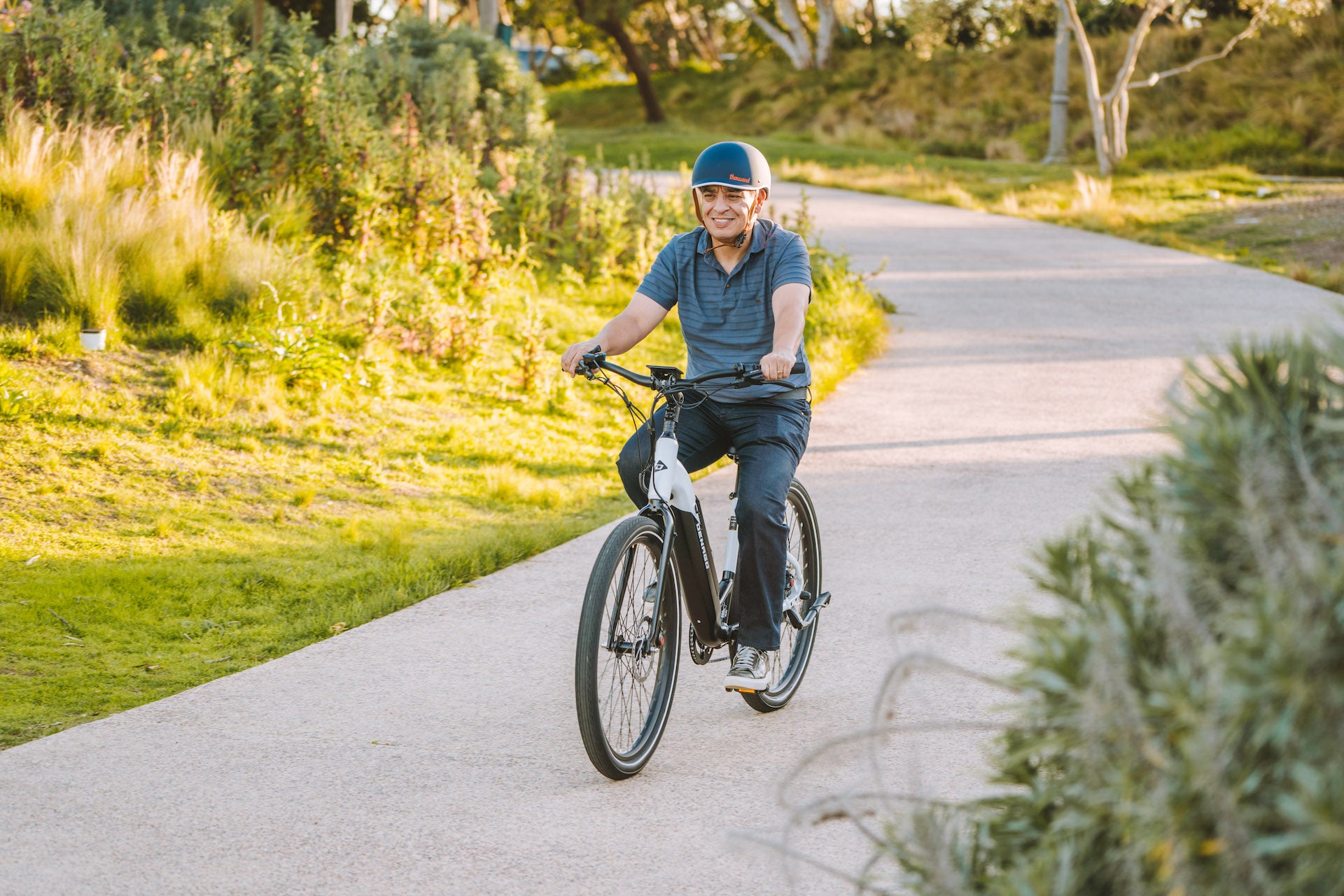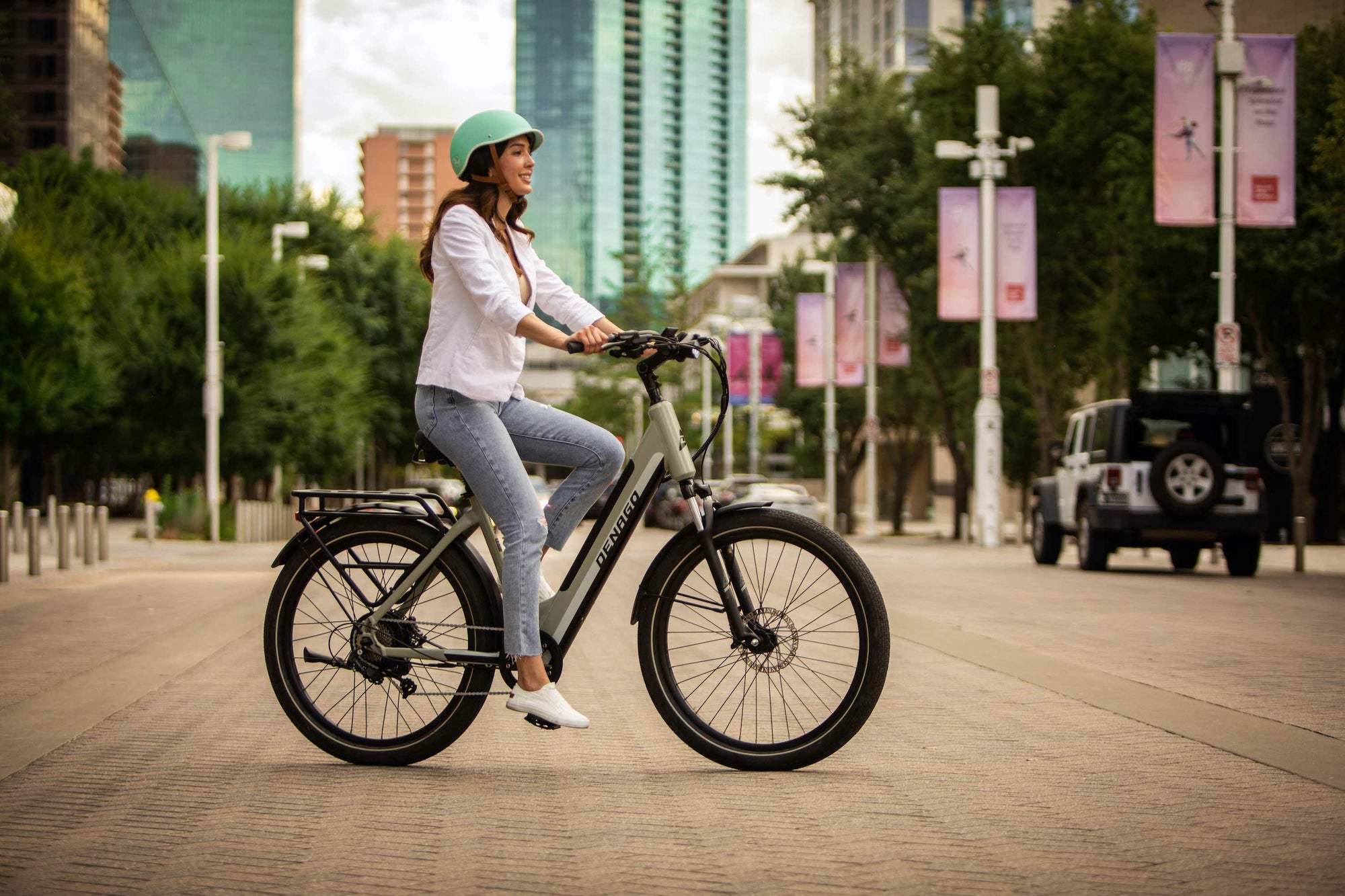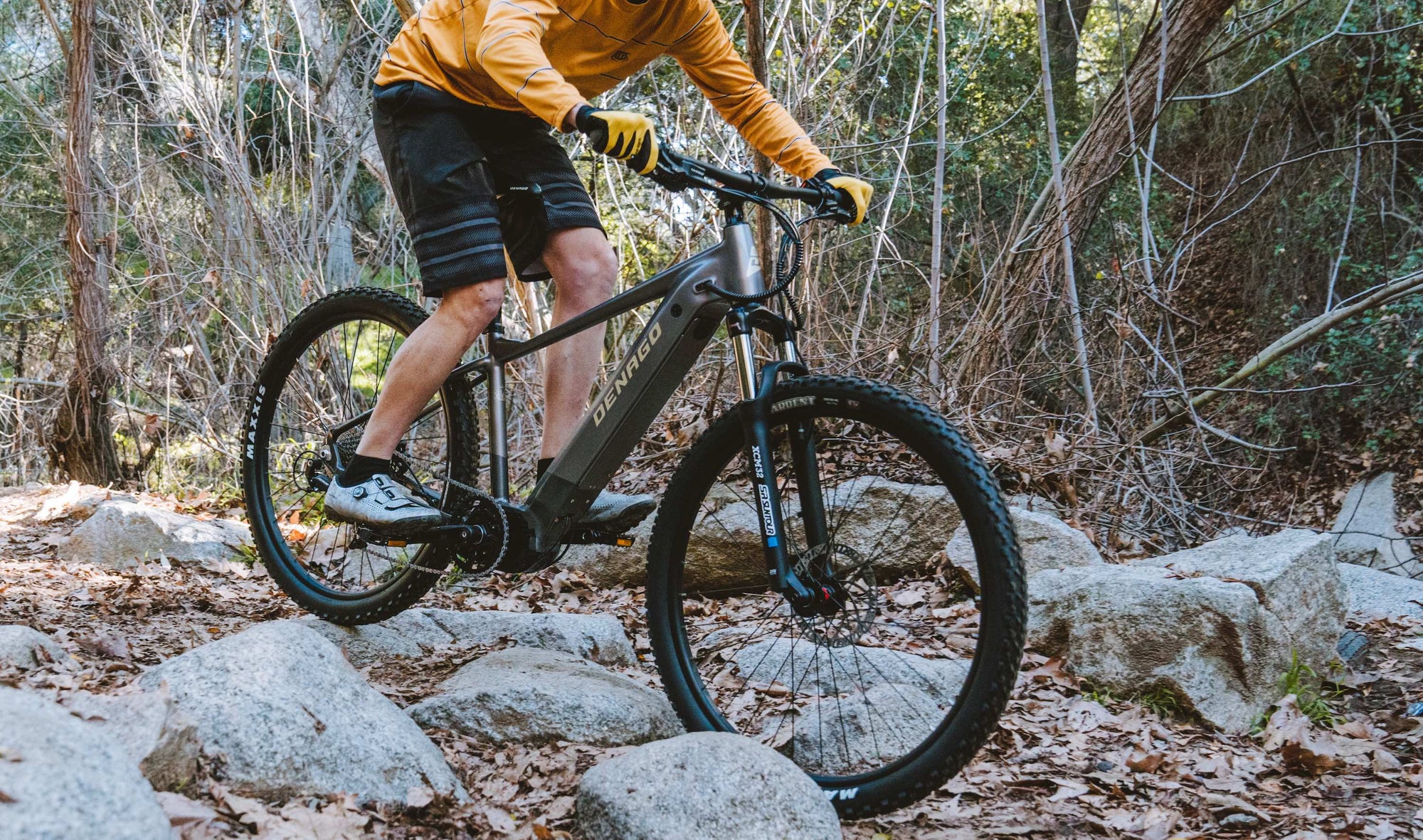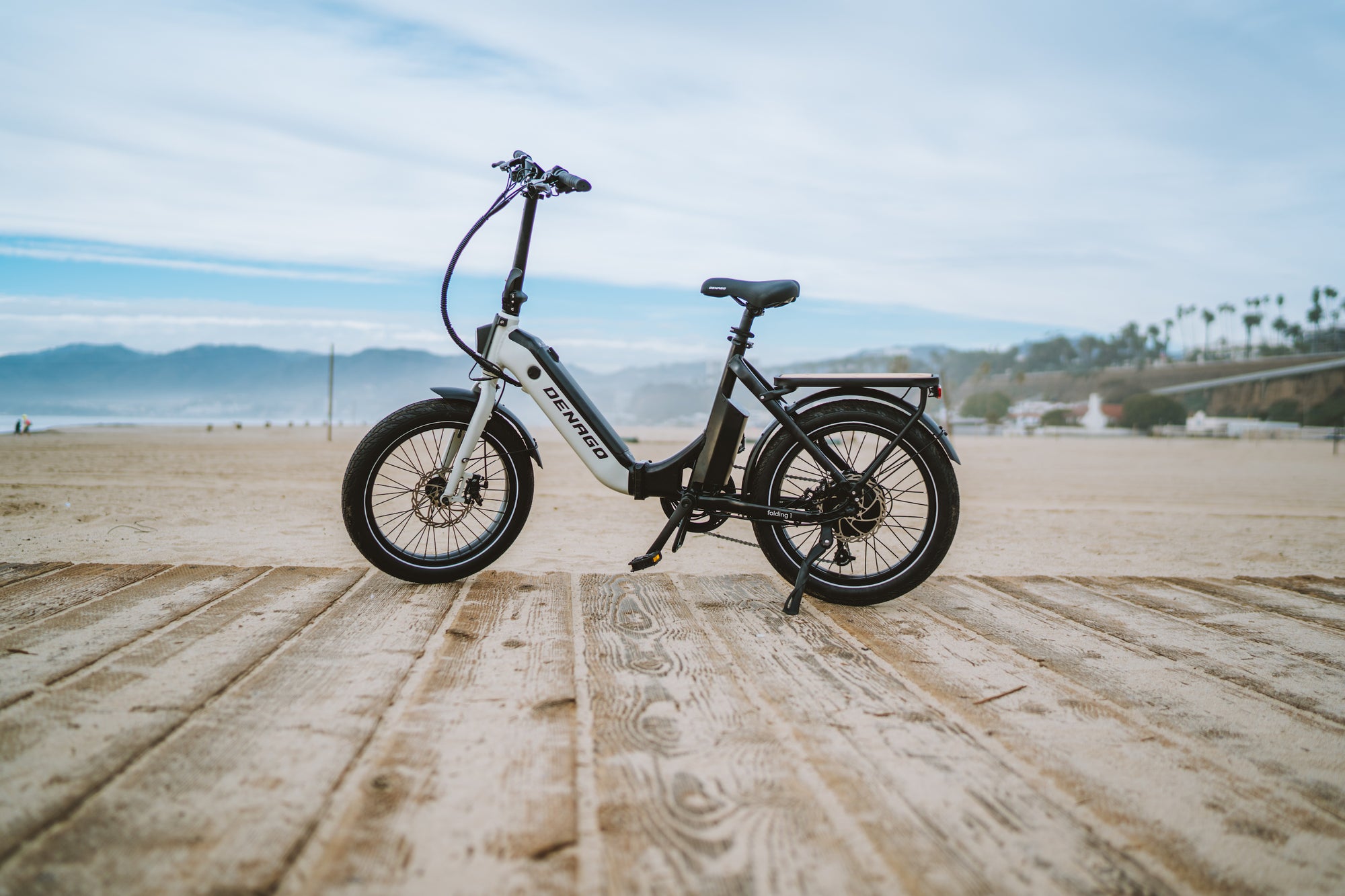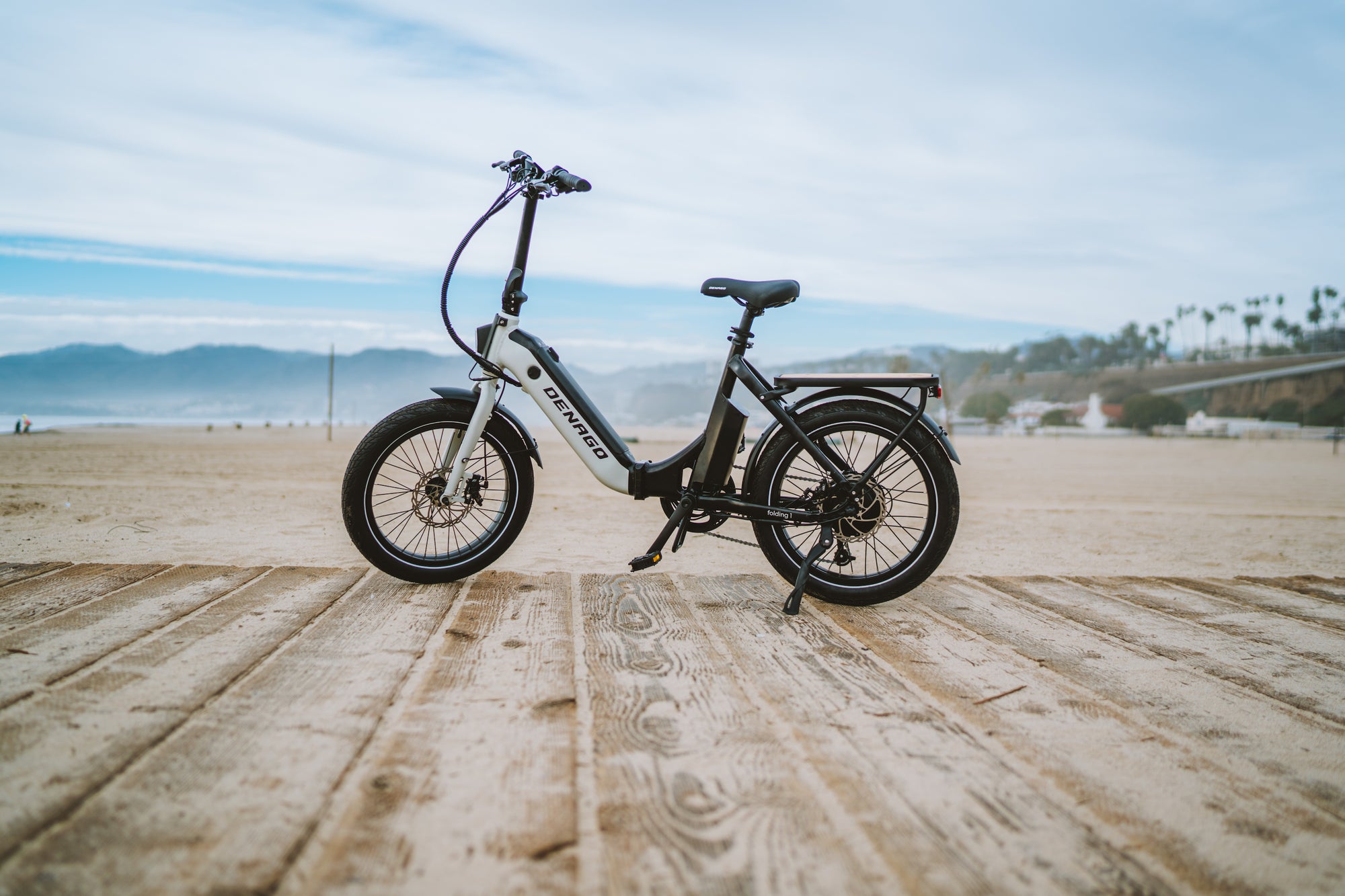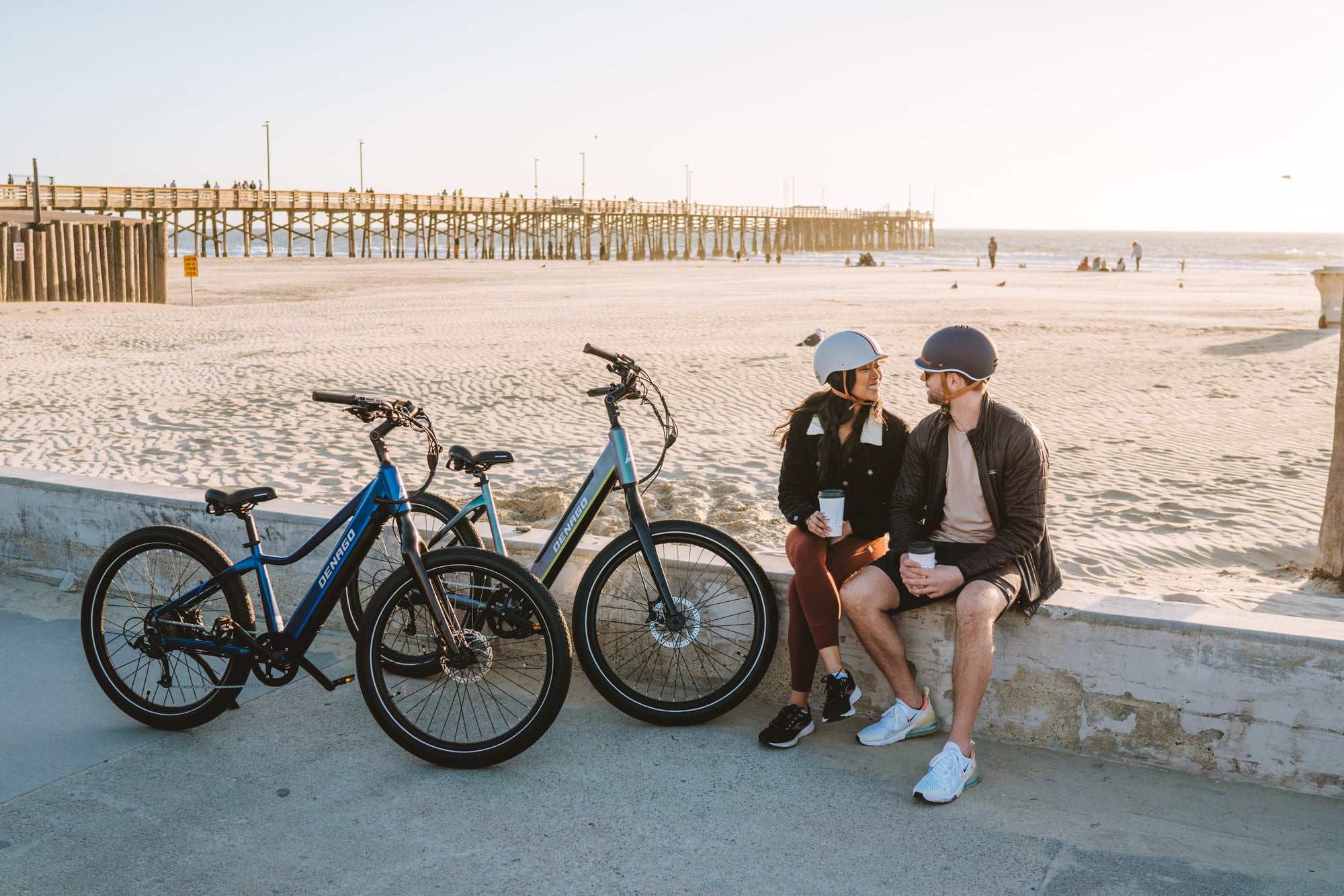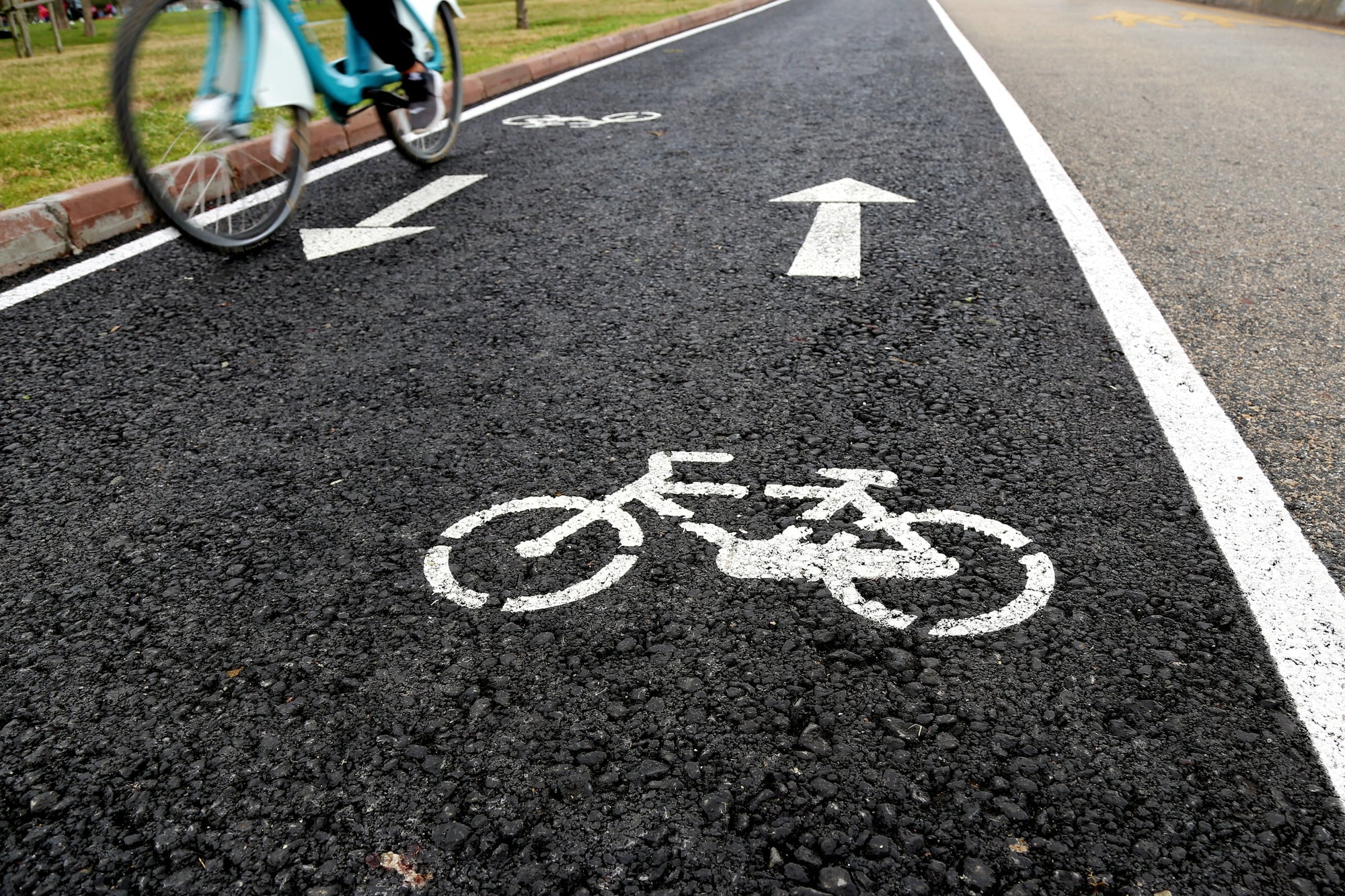Got a new eBike? They're bigger and heavier compared with traditional ("acoustic") bikes. Here are some things to know before you load an eBike onto a car or truck rack.
Make sure to use a rack that meets weight requirements
Some car and truck racks - especially older models that predate the growth in the eBike market - simply aren't up to carrying bigger, heavier modern electric bicycles.
It's important to check the fine print - racks that were perfectly fine may not hold up to multiple heavy eBikes, especially if you drive off-road to get to distant trailheads or campsites.
60, or even 50 lbs is a common limit for many makes and models. Lots of eBikes are already over that!
2" hitches are preferred
You have two choices when it comes to receiver hitches - the lighter-duty 1 1/4" type, and the heavier-duty 2" option. The 2" type is generally used for towing. Both types can also accept accessories like bike racks.
Sometimes, this choice is already made for you, when the receiver hitch comes on the vehicle. If you're adding a hitch specifically for the purpose of adding a bike rack, choose the 2" option, if it's available for your vehicle. 2" racks are stronger and can carry more weight. 1 1/4" is not the best choice for eBikes.
Weight limits apply to the receiver hitch, the rack, and each tray
There are multiple weight limits to keep in mind. The receiver hitch (1 1/4" or 2") carries a weight limit - check with the receiver hitch brand or vehicle manufacturer to be sure. That limit includes the bikes, plus the weight of the rack itself.
Then, the rack will likely have two weight limits. First, a total weight that includes all the bikes you'll carry, and second, a per-bike limit for each tray or carrier on the rack. Make sure to meet both.
Special information for fat tire eBikes
If you're riding a fat tire eBike, (about 3.5" wide or more) you should be aware that many racks only accommodate standard width tires in their regular configuration. You might need some add-on, optional wheel trays, or a different rack entirely, to carry fat tire eBikes.
If you plan to transport a fat tire eBike, make sure to check for compatibility before you buy a rack.
What about security?
Between the value of eBikes you're carrying and the rack itself, it's easy to see how many thousands of dollars can be at risk. Stolen eBikes can really ruin your vacation.
Better hitch racks include two locking mechanisms to prevent theft - the first locks the rack to the receiver hitch, and the second locks the bike(s) to the rack.
If your rack doesn't include these features, you can supplement them by adding locking cables. Make sure they pass through the bike frames, the trays, and if possible, underneath the vehicle frame and hitch itself.
You can also take some additional precautions. For example, the Denago Commute 1 uses a PIN code on the display. The owner may set their preferred code, and the bike won't start without it. It won't stop your eBike from being stolen off a hitch rack, but it will stop the thief from using it.
Special considerations for RV owners
Only some racks are approved for use on RVs, travel trailers, 5th wheels, and other towed vehicles. These applications create some special stresses on the hitch and rack that "regular" racks might not be able to handle.
For this reason, if you plan to use a hitch bike rack on an RV or trailer, select a rack from a manufacturer who specifically approves this type of use. Some models include:
- Hollywood Racks RV Rider
- Swagman Escapee
Features of eBike-specific racks
If you're concerned about your ability to lift an eBike onto a hitch-mounted rack, there are some special options that can help.
The Saris Door County (shown in our image above) features a built-in, motorized, platform that raises and lowers on command. Just roll the bikes on, then raise the platform - no lifting required!
Some of our favorite racks
When you've made a substantial investment in an eBike (or multiple eBikes!) it makes sense to protect that investment with a quality rack. There are plenty of good choices, but here are some models we like that hold up to heavy-duty use:
- Yakima's StageTwo and OnRamp. The StageTwo can carry very heavy eBikes, but won't handle 4" wide fat tires out of the box - an add-on kit is sold separately. The OnRamp uses a clever integrated ramp that eliminates the need to lift eBikes off the ground to load them.
- The Thule T2 Pro XTR is another good option. It's based on a proven, established design that predates eBikes, updated to fit modern, heavier models. We like the integrated locks and it's compatible with the Denago Fat Tire eBike, right out of the box.
- Kuat's NV 2.0 includes a clever built-in workstand that you can use to work on your eBike on-site, but check to make sure your eBikes meet the weight requirements, as some will be right up against the limit.
Racks to avoid
Some racks just aren't up to the task of hauling heavy eBikes. In particular, you may wish to avoid so-called "bumper racks", which use fabric straps that hook onto the edge of the trunk or rear glass window.
This type of rack tends to sag during use as bikes bounce up and down along with the terrain. Unlike better hitch racks, they also allow bikes to touch one another, which can damage paint.
Use one only as an absolute last resort, carefully check your bikes to ensure they meet the weight limit (most eBikes will be too much) and check if you must use one, check the attachment points often.
Considering removing your eBike battery
Even when using a heavy-duty 2" receiver hitch and a rack rated for eBikes, it can still be a challenge to meet weight requirements, especially when you carry multiple, full-suspension eMTBs that tend to be even heavier than standard eBikes.
To help meet the weight requirement, consider removing your eBike battery when using a hitch rack. Put the battery inside the car or truck instead during transport. As a bonus, removing the battery also makes it easier to lift your eBike on and off the rack.




